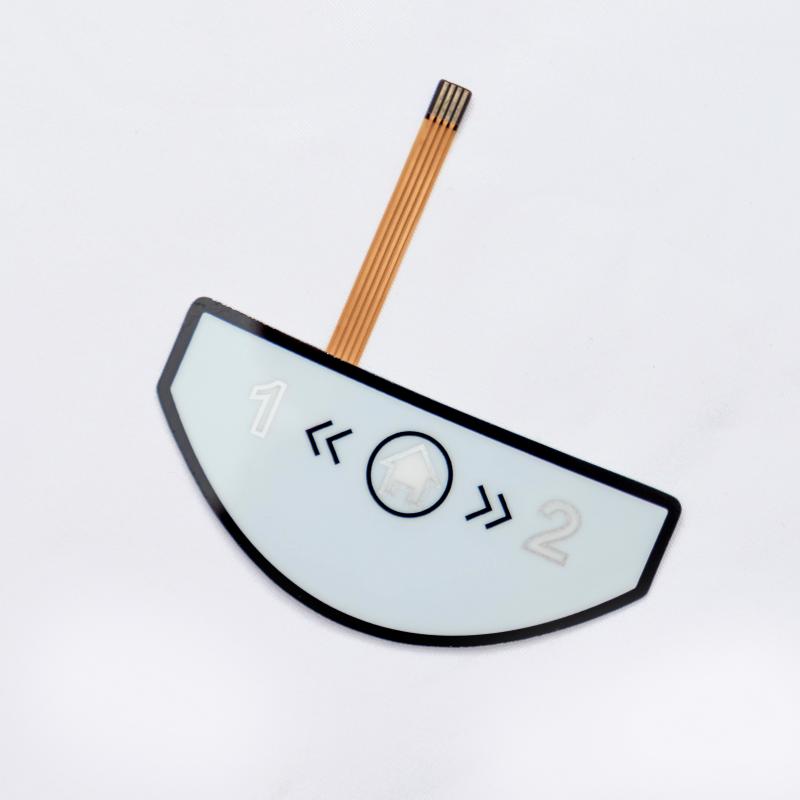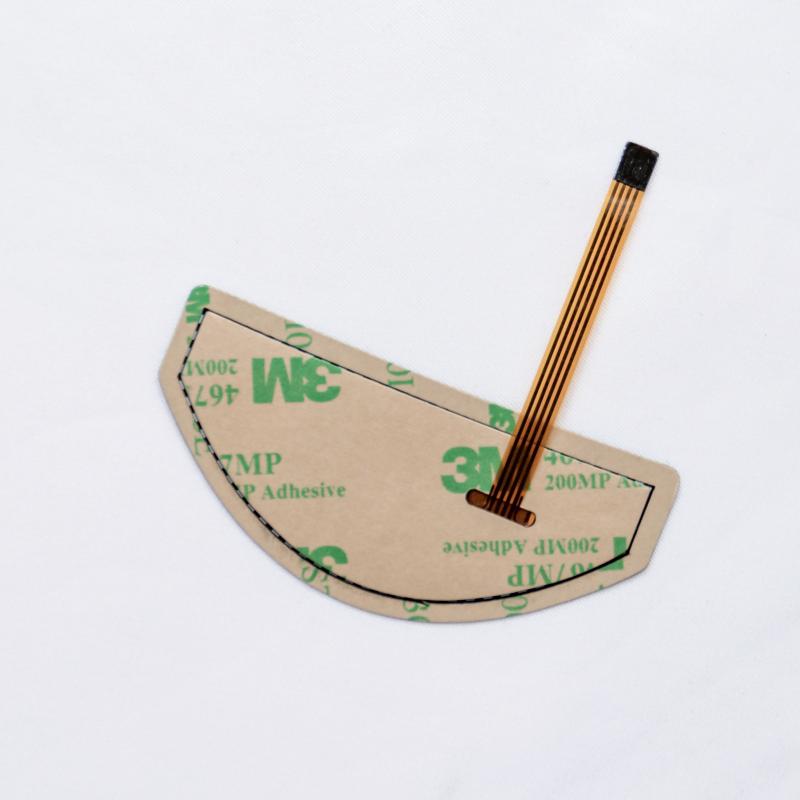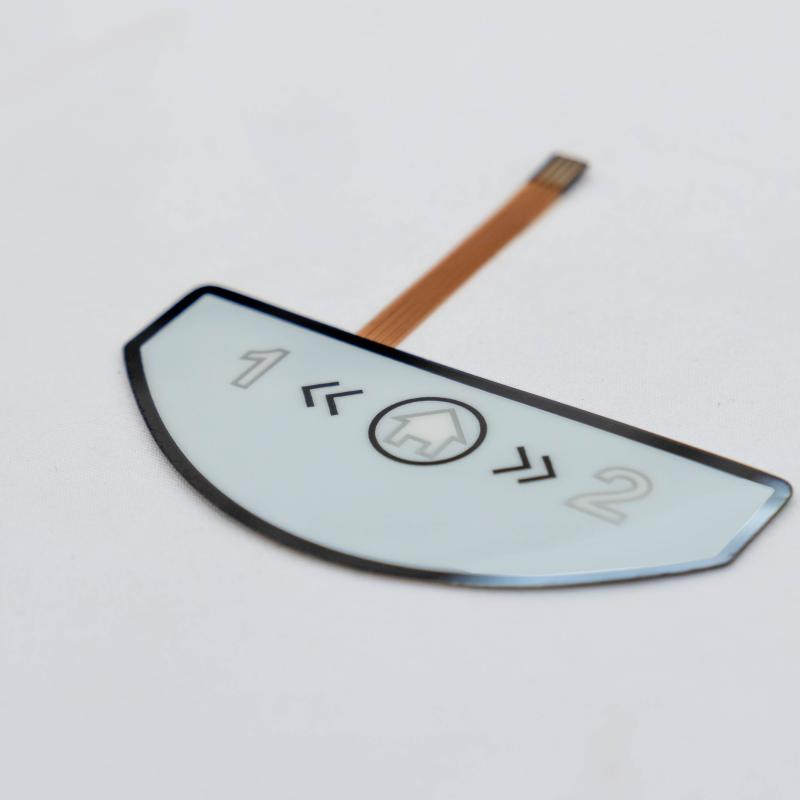Contact
Write to Us And We Would Be Happy to Advise You.
Do you have any questions, or would you like to speak directly with a representative?
By hqt
Keyboards are an essential peripheral for any computer. They allow us to communicate with our machines and execute commands quickly and efficiently. There are two main types of keyboards: mechanical and membrane. Mechanical keyboards have a physical switch under every key, whereas membrane keyboards have a pressure pad underneath the keys. While the benefits of mechanical keyboards are well known, people often ask: do membrane keyboards have switches? In this article, we will explore the world of membrane keyboards and discuss whether they have switches.



Membrane keyboards are a type of keyboard that uses a pressure pad to register keypresses. They are called membrane keyboards because they have a thin membrane layer that is pressed when a key is pressed. Membrane keyboards are widely used in most laptops and desktops. They are less expensive than mechanical keyboards, and their low-profile design makes them easy to use and transport.
Membrane keyboards have three layers: the top membrane layer, the middle contact layer, and the bottom membrane layer. When a key is pressed, the top membrane layer is pushed down onto the middle contact layer, creating an electrical circuit that registers the keypress. The bottom membrane layer acts as a backing to support the other two layers.
The short answer is yes; membrane keyboards do have switches. However, these switches are not the same as the switches found in mechanical keyboards. In membrane keyboards, the switches are part of the circuitry and are not separate components. The switches in membrane keyboards are also less tactile and less durable than those in mechanical keyboards.
There are two types of membrane switches: tactile and non-tactile. Tactile membrane switches provide feedback to the user by creating a physical bump when a key is pressed. Non-tactile membrane switches do not provide any physical feedback and are completely smooth. Tactile membrane switches are more commonly used in keyboards because they give users a better typing experience.
While mechanical keyboards are preferred by some users, membrane keyboards offer some advantages. One of the most significant benefits of membrane keyboards is their low profile. They are thinner and lighter than mechanical keyboards, making them easier to carry around. Membrane keyboards are also less expensive than mechanical keyboards, making them an excellent option for budget-conscious consumers.
Another advantage of membrane keyboards is their durability. The absence of physical switches means there is less risk of damage due to wear and tear. They are also less prone to malfunction due to dust and debris getting stuck inside them.
Membrane keyboards have some disadvantages as well. One of the most significant drawbacks is their lack of tactile feedback. Typing on a membrane keyboard can feel mushy and unresponsive. They are also less precise than mechanical keyboards and have a lower lifespan due to their design.
Another disadvantage of membrane keyboards is their lack of customization options. Since they are not as popular as mechanical keyboards, there are fewer options for customization. There are fewer keycap options available for membrane keyboards, which can be a dealbreaker for some users.
Are membrane keyboards good for gaming?
While membrane keyboards are not the best for gaming, they can be used for casual gaming. However, mechanical keyboards are the preferred choice for most gamers because of their tactile feedback and faster response times.
Can you replace keys on a membrane keyboard?
Yes, you can replace keys on a membrane keyboard. However, the process is more complicated than on a mechanical keyboard. Membrane keyboards have their keys molded into the circuit board, which means you need to disassemble the keyboard and solder new switches into place.
Are membrane keyboards quieter than mechanical keyboards?
Yes, membrane keyboards are generally quieter than mechanical keyboards. Since there are no physical switches, membrane keyboards produce less noise when typing. This can be beneficial for people who work in quiet environments.
How long do membrane keyboards last?
Membrane keyboards have a lower lifespan than mechanical keyboards. They typically last for around 5 million keystrokes, whereas mechanical keyboards can last for 50 million keystrokes or more. However, with proper care and maintenance, you can extend the lifespan of your membrane keyboard.
Do membrane keyboards have backlights?
Yes, some membrane keyboards have backlights. Backlit membrane keyboards use LEDs to illuminate the keys, making them easier to use in low-light environments. However, backlit membrane keyboards are less common than backlit mechanical keyboards.
In conclusion, membrane keyboards do have switches, but they are not the same as the switches found in mechanical keyboards. Membrane keyboards use pressure pads to register keypresses, and the switches are part of the circuitry. While membrane keyboards have some advantages, such as their low profile and affordability, they also have some disadvantages, such as their lack of tactile feedback and customization options. Ultimately, the choice between a mechanical keyboard and a membrane keyboard comes down to personal preference and specific needs.
Do you have any questions, or would you like to speak directly with a representative?